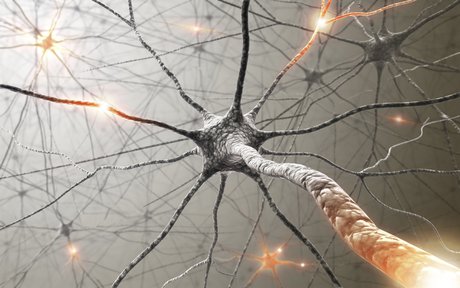Scientists discover brain's 'GPS'

Three scientists have been awarded the 2014 Nobel Prize for physiology or medicine for their work uncovering the way our brain makes sense of where we are and is able to navigate effectively.
Professor John O'Keefe from University College London made the initial breakthrough back in 1971, when he demonstrated the existence of an internal positioning and mapping system in the brain. His research, using rats, showed that a particular set of cells would become activated when the animal was in one location in a room. When the rat was moved to a different area, a different set of cells became active. He referred to these cells, located in the hippocampus, as 'place cells' and hypothesised that they formed a map within the brain.
In 2005, husband and wife team May-Britt and Edvard Moser from the Norwegian University of Science and Technology uncovered a different part of the brain which they asserted behaved more like a nautical chart. This section of the brain utilises an array of cells in a grid formation, much the same as longitude and latitude, which therefore assist the brain to judge distance and to navigate.
The discovery of the spatial mapping system by Prof O'Keefe allowed the Mosers to further research and uncover the presence of the grid cells. These findings help explain why patients that suffer from brain disorders including Alzheimer's disease and dementia have trouble recognising their surroundings.
The research is regarded as a major leap forward in terms of understanding the neural mechanisms that underlie our spatial memory.
All-electric haulage fleet under mining alliance
A strategic alliance between Newmont and Caterpillar will see the rapid deployment of an...
How to measure ROI of field service management software
Some ROIs are easier to calculate than others. It's important to consider both tangible and...
Preparing the grid for electric vehicles
A new $3.4 million trial will help support growing adoption of electric vehicles across Australia...




